Avoid These Cooking Mistakes and Your Veggies Will Be YUMMY!
This article could also be titled “When Bad Things Happen to Good Veggies.” Too common a situation, actually. So let’s turn things around. Here’s what to avoid when cooking your vegetables so they’ll turn out yummy and people will actually want to eat them.
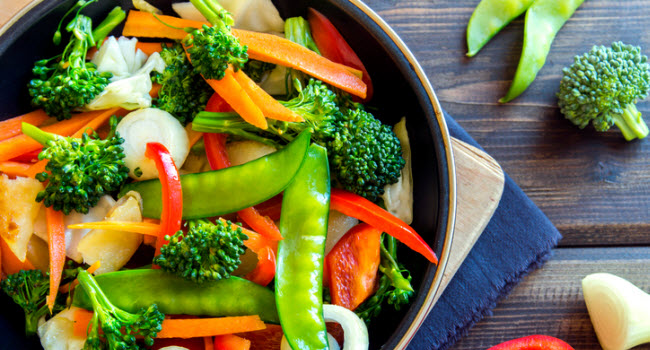
NOT COOKING YOUR VEGGIES AT ALL…EVER. While it’s true that many vegetables are healthier in their raw state, it is not true for all of them. Some vegetables such as beets, broccoli, onions and bell peppers have more nutrients when raw, but others actually become more nutritious when heat is applied.
Asparagus has cancer-fighting properties that get turned on when steamed. Mushrooms give you more potassium when they are sauteed, grilled or roasted. While raw spinach tastes great in a salad, eating it cooked will let you absorb more calcium, iron and magnesium. Likewise for tomatoes, more cancer-fighting lycopene is absorbed when they’re cooked. So while it’s a good idea to eat lots of raw veggies, you also want to include some cooked in your diet. And this recipe for spinach-stuffed mushrooms is a good place to start (courtesy of www.onegreenplanet.org).
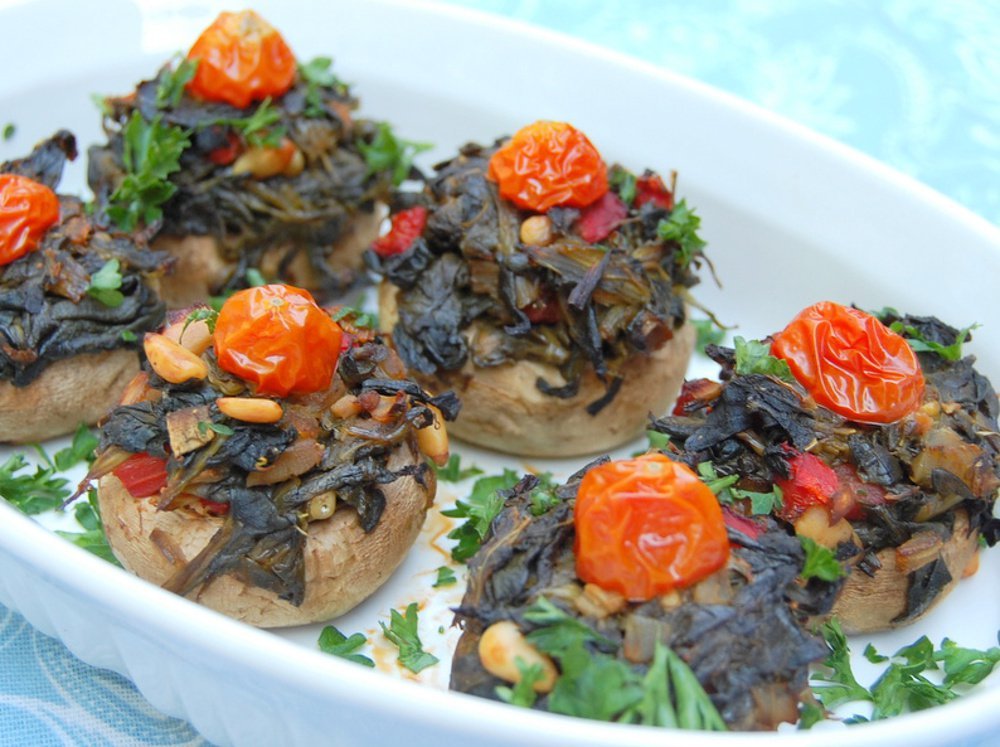
SPINACH-STUFFED MUSHROOMS
16 large button mushrooms, stems removed (reserve stems) and caps left intact
1 garlic clove, minced
1/2 cup mushroom stems, finely chopped
1/2 cup diced Vidalia onion
1/2 cup roasted red bell pepper, diced
2 tbsp. toasted pine nuts (optional)
1 (10 oz) package frozen chopped spinach, thawed and squeezed of excess water
1 1/2 tsp. balsamic vinegar
Cherry tomatoes, halved
Black pepper to taste
No-salt-added vegetable stock for sautéing
Preheat oven to 375 degrees F.
Heat a medium non-stick skillet over medium-high heat.
Add mushroom stems, onions, garlic and 1 tablespoon of veggie stock. Cook 8 to 10 minutes, stirring occasionally, until softened, adding small amounts of veggie stock to prevent sticking.
Meanwhile, heat a small non-stick skillet over medium-low heat. Add pine nuts and toast, shaking often to prevent burning. Remove pine nuts when lightly browned from pan and set aside.
Stir in spinach, roasted red peppers, toasted pine nuts, balsamic vinegar and black pepper to taste. Heat for an additional 2 minutes.
Arrange mushroom caps on a non-stick baking pan or a baking dish. Divide filling evenly between mushrooms, rounding top with a spoon. Add half of a cherry tomato to each mushroom cap.
Bake for 20-25 minutes, or until softened and juicy.
Serve immediately. Enjoy!
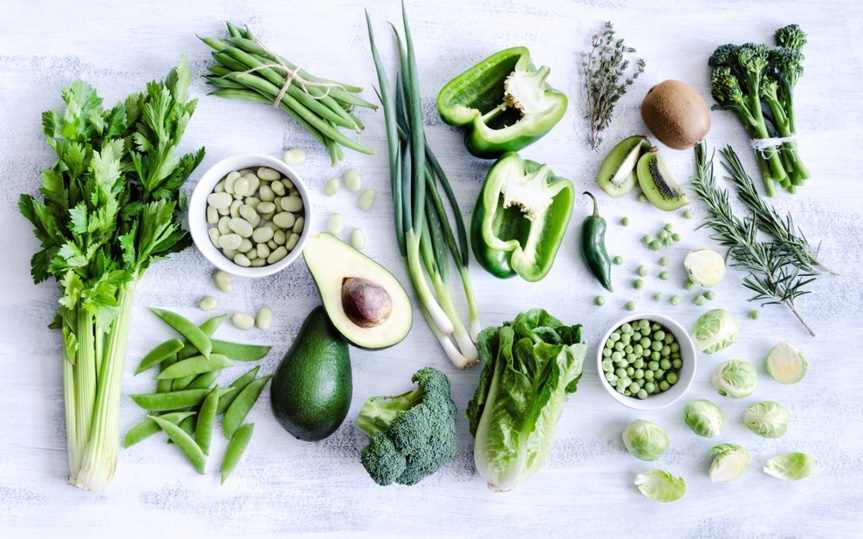
PREPPING VEGGIES TOO EARLY. It’s true there’s lots of advice on prepping all your veggies as soon as you bring them home from the store so you can save time during the week, but for some of them it’s not a good idea. Once you wash and cut vegetables, oxidation and nutrient loss begins as does wilting and spoilage. So generally, it’s better to cut your veggies right before you use them.
If you do need to prep them in advance, try to do it no earlier than that morning or the night before you plan to use them. The same goes for washing and prepping greens. Once you wash greens, they will begin to wilt, so you should not wash them until the day you plan to use them. If you simply must wash your greens in advance, put them in a bag with a paper towel around them to absorb excess moisture.
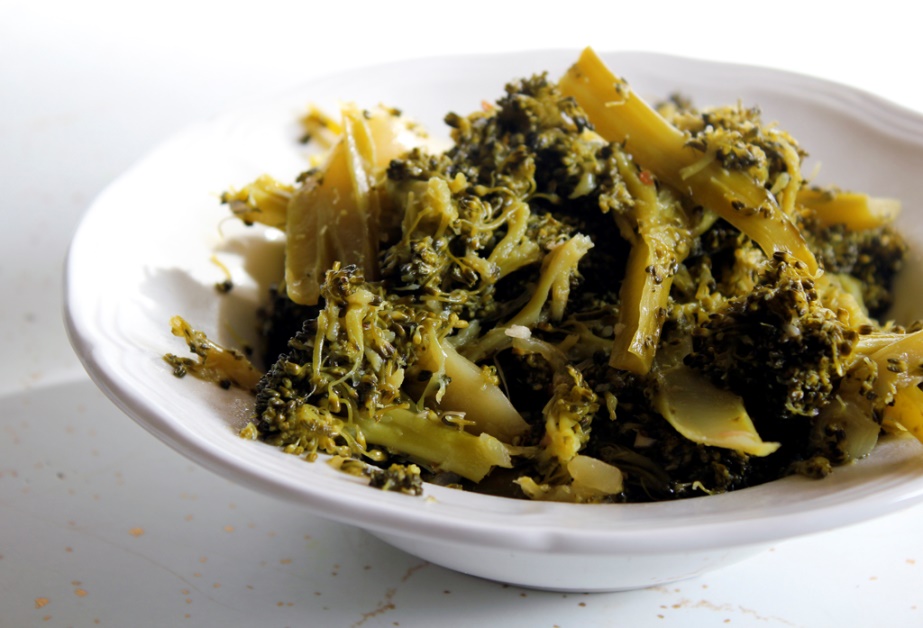
OVERCOOKING VEGGIES. This is one of the most common mistakes made. It’s a sad thing to watch. Let me just say, the best thing to do with overcooked vegetables is puree them and turn them into soup or put them in the fridge for tomorrow’s salad.
But to stop this bad behavior, pay close attention to cooking times. Some vegetables, like carrots and potatoes, take a lot longer to cook than other veggies, such as peas, broccoli, or greens. If you are making a medley of veggies, start cooking the ones that take longer first and don’t add the quick-cooking ones until the end. No matter what cooking method you use, only cook veggies until they are crisp-tender and bright. That’s when they will look and taste the best.
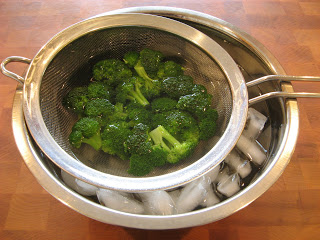
NOT SHOCKING VEGETABLES. After you’ve gone through all of the trouble of boiling the pot of water for your vegetable blanching, do you really need to make an ice bath too? Definitely. After they’re cooked in boiling water or steamed, they will continue to cook even after removed from the heat.
If not “shocked” by being tossed in ice water to stop the cooking process, the vegetables will become mushy and lose their beautiful vibrant color. After removing them from the heat, plunge them in an ice bath for just a moment or two and then let them dry. This allows them to retain their crispness and verdant colors. If you’re in a rush, though, and don’t have time for the ice bath, at least place the vegetables in a colander and run your coldest water over them to stop the cooking process.
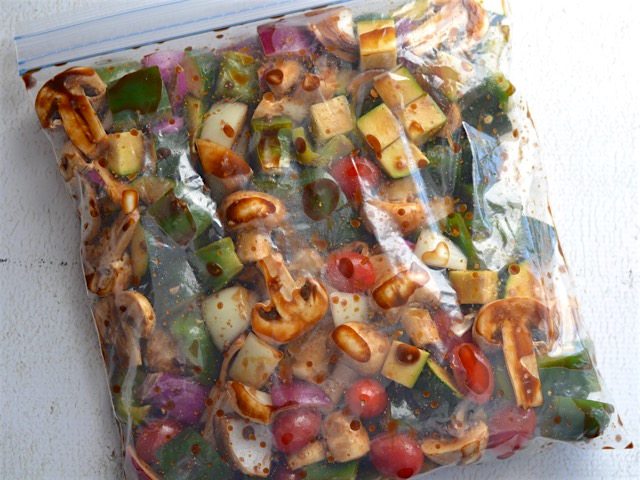
Finally, UNDERSEASONING THE VEGETABLES. Vegetables each have their own unique flavor, but that doesn’t mean you shouldn’t add more flavor to them. Salt and pepper are great, but they usually aren’t enough.
To take them to a deeper flavor level, try marinating them in flavorful combinations of tamari, liquid aminos, broth, vinegar and spices. Or toss them in a mix of your favorite herbs and spices. A favorite way to prepare potatoes is to pan-fry them and then drizzle a lemon-thyme vinaigrette over them before serving.
You’ll find if you experiment more with seasoning you can take your vegetables and cook them a dozen different ways, and each dish will taste unique as well as amazing.
- www.blogs.webmed.com
- www.onegreenplanet.org
- www.blog.modernpaleo.com
- www.hungrycravings.com
- www.budgetbytes.com
 Alice Osborne
Alice Osborne
Weekly Newsletter Contributor since 2006
Email the author! alice@dvo.com
